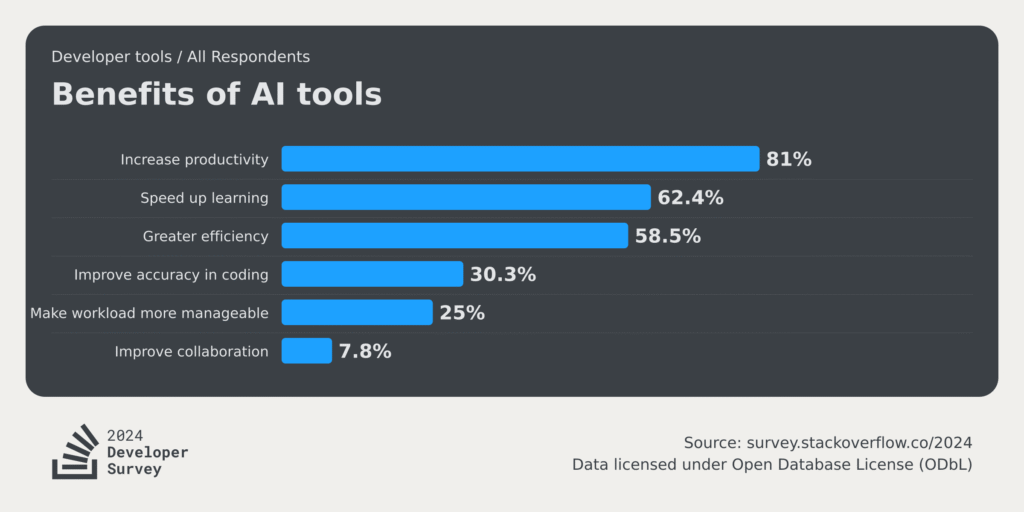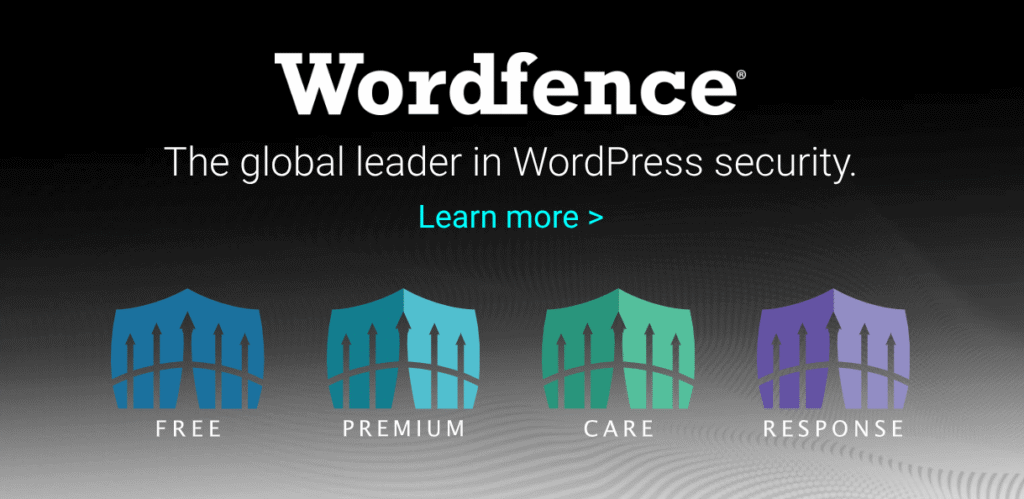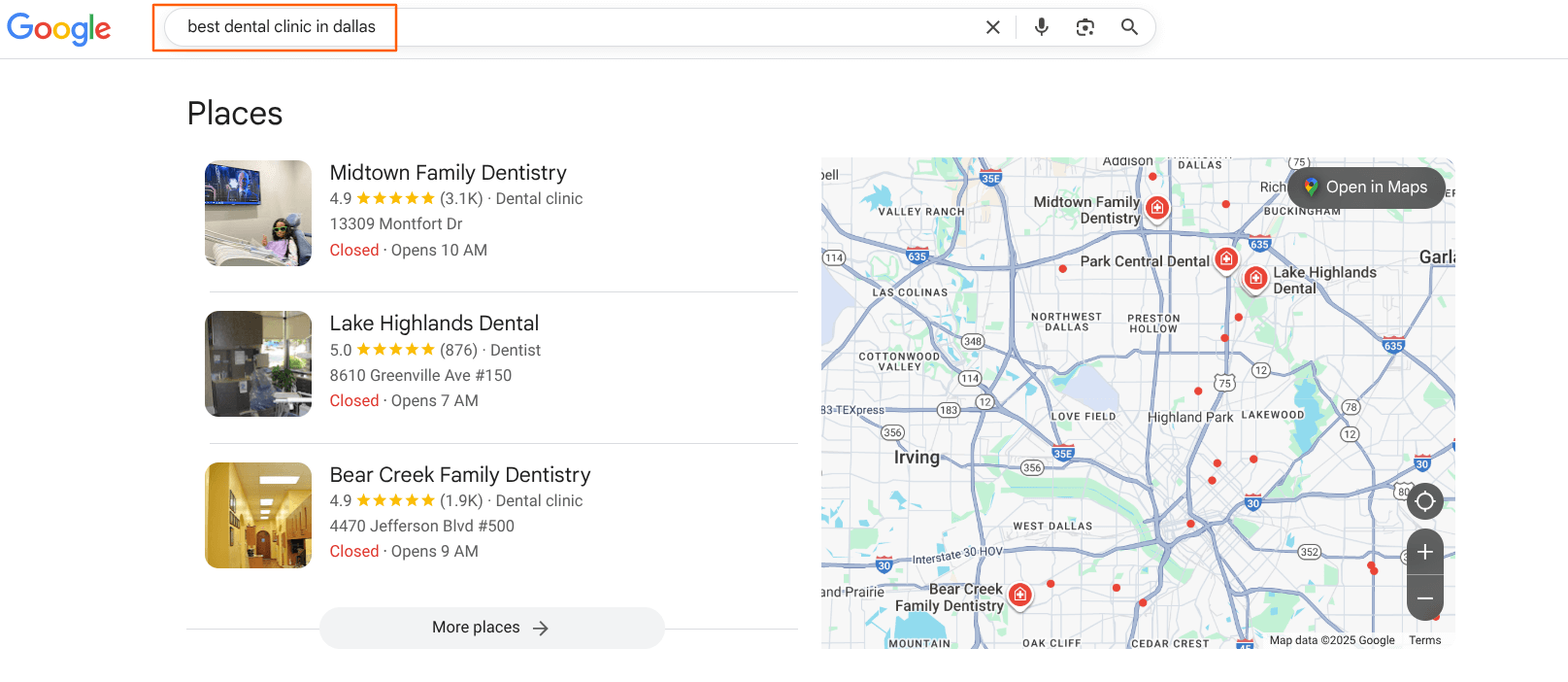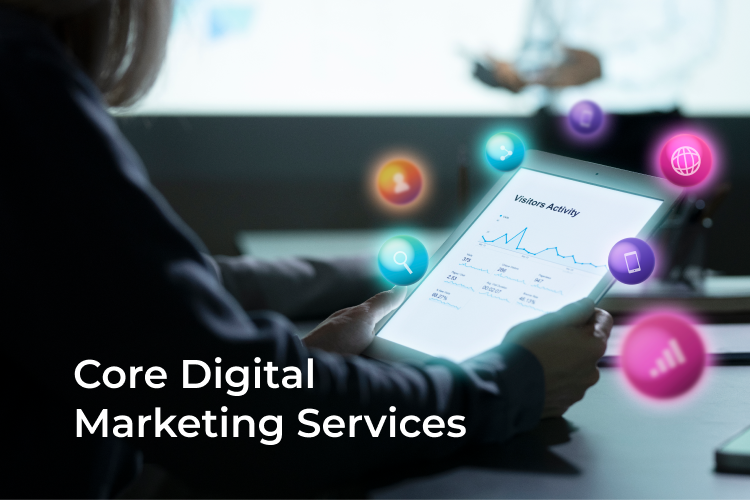The New Era of WordPress Development
Artificial Intelligence has moved beyond the buzz. In 2025, it’s no longer a passing trend, it’s a core part of how modern websites are designed, developed, and optimized.
Across the WordPress ecosystem, more than 800+ AI-powered plugins are changing the way developers, designers, and business owners build online experiences.
These tools can now write code, suggest layouts, generate images, automate customer chats, and even improve site performance.

I isn’t just competing with traditional WordPress but reimagining it. The Websites have been designed, SEO optimized, content created, and secured, all with the help of AI, which aided in eliminating errors and polishing the skills of practitioners in their respective tasks.
Thus, businesses with the knowledge of adapting to these tools are creating digital experiences faster, smarter, and more engaging.
In this blog, we’ll explore how AI is redefining WordPress development in 2025, the most innovative tools leading the way, and what these trends mean for businesses looking to stay ahead.
How AI Is Transforming the Development Workflow
A few years ago, web development progress depended on manual coding and long testing cycles. But now the situation has completely changed, AI can handle complex coding in minutes and even run advanced automated testing.
These days, machine learning does more than crunch data, it can actually write bits of code, suggest clean design layouts, and even catch bugs before a developer notices them. That means projects move faster, with fewer mistakes and smoother delivery every time.
CodeWP and GitHub Copilot have made life a whole lot easier for developers. They can build custom blocks, shortcodes, and plugins in a fraction of the time it used to take. These platforms learn your workflow, pick up on project context, and suggest code that actually fits what you’re trying to do.
A few years back, testing and trial-and-error could eat up half the day. Now, that same process takes just a few minutes, and the quality’s still right where it needs to be.
The Rise of AI-Powered Design Tools
Great web design has always mixed creativity and skill, now AI’s stepped in to make that process a little smarter and a lot faster. Tools like Elementor AI and Divi AI let designers whip up layout ideas, test responsive versions, and even polish on-page copy, right inside the editor.
True creativity can’t be replaced, AI just adds to it. You’re still the one shaping the brand’s look and feel. AI simply helps you get there faster and cleaner. For small teams juggling several client sites at once, that kind of support feels like magic.
According to the 2024 Stack Overflow Developer Survey, around 70% of developers now use or plan to use AI tools in their daily workflow. Most say it helps them work faster and focus on the creative parts of building. The same report found that 83% see productivity as the biggest benefit, while three out of four developers trust AI for writing or debugging code.

Smarter Content and SEO Optimization
AI isn’t just changing how websites are built. It’s changing how they work every single day.
Tools like Rank Math AI and Yoast SEO’s AI Assistant handle most of the small stuff now. They find keyword ideas, write meta descriptions, and even add structured data on their own.
That means your team can focus on what really counts, creating content people actually enjoy reading. The backend stays clean. Your site performs better. Publishing feels faster and smoother. And through it all, your brand still sounds real and authentic.
A Stronger Focus on Security and Maintenance

Security is still one of the biggest concerns for WordPress site owners.
Tools like Wordfence have become essential for keeping websites safe. They monitor vulnerabilities, block suspicious logins, and send alerts before small issues turn into big problems.
AI tools now add another layer of protection. They keep an eye on your site around the clock, spot weak plugins, and predict threats before they cause damage. That means fewer late-night fixes, less downtime, and more peace of mind for you and your clients.
AI also helps with the daily maintenance work. It compresses images, cleans up databases, and updates plugins automatically. Your site stays fast, secure, and reliable—even when no one’s watching.
If you’re short on time, here’s a quick look at our top picks to help you choose the right WordPress security plugin.
- Sucuri ($229/yr + Free)
- Cloudflare ($20/month + Free)
- MalCare ($149/yr + Free)
- SolidWP ($99/yr)
- All-In-One Security ($70/yr + Free)
Real-World Use Cases Making an Impact
The power of AI shows up most clearly in practical use.
Faster prototyping: Developers can generate layouts or page structures instantly and test user flow early.
Smarter chatbots: Many businesses now use AI-driven chatbots on WordPress to provide 24/7 customer support.
Predictive analytics: E-commerce sites use AI tools to suggest products or analyze sales trends automatically.
Performance tracking: AI scripts monitor speed, uptime, and SEO performance without constant manual checks.
These examples prove that AI isn’t just futuristic, it’s already improving results for real businesses.
The Limits and Responsibilities of Using AI
AI is powerful, but it’s not the fix for every problem. Rely on it too much, and your designs start looking the same. Content can lose its edge too.
When data gets messy, AI can miss context or spit out the wrong stuff.
That’s why people still matter. Developers should double-check the code.
Writers need to read what AI creates and make sure it sounds right. And every tool should respect privacy and security rules.
AI works best when it helps people, not when it replaces them.
What’s Next for AI and WordPress
The future of WordPress is moving toward deeper AI integration. Core updates are expected to include features like predictive layout suggestions, built-in AI content tools, and smarter accessibility adjustments.
We’re also seeing more headless WordPress setups powered by AI APIs, offering better scalability for apps and enterprise projects. Voice search, visual builders, and AI-driven personalization are all on track to become everyday features rather than experimental tools.
In the next few years, the line between a developer and a strategist will start to fade.
Building a website won’t be the only goal anymore.
The real win will be creating smart, flexible digital experiences that learn and adapt to how people use them.
Final Thoughts
AI isn’t just a tech term anymore. It’s a real part of how WordPress sites get built today.
It helps finish projects faster. It gives new ideas for design. It keeps sites safe and helps them rank better online.
The best thing? It frees developers to plan, create, and think big instead of repeating the same work.
At Curved Sphere, we use AI to make every site smarter and quicker. But we always keep the human touch that makes good design feel genuine.
Give our team a call today. Let’s build something that’s smart, simple, and ready to grow with you.


















